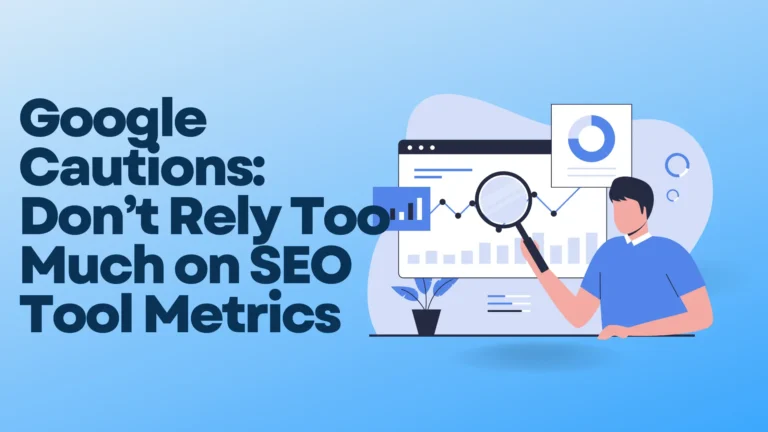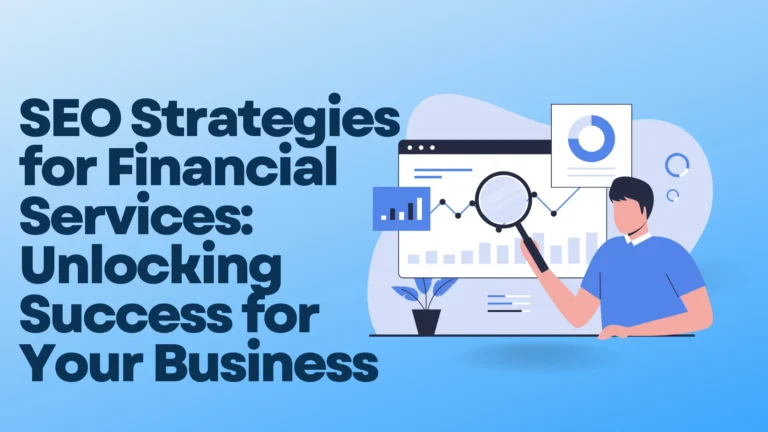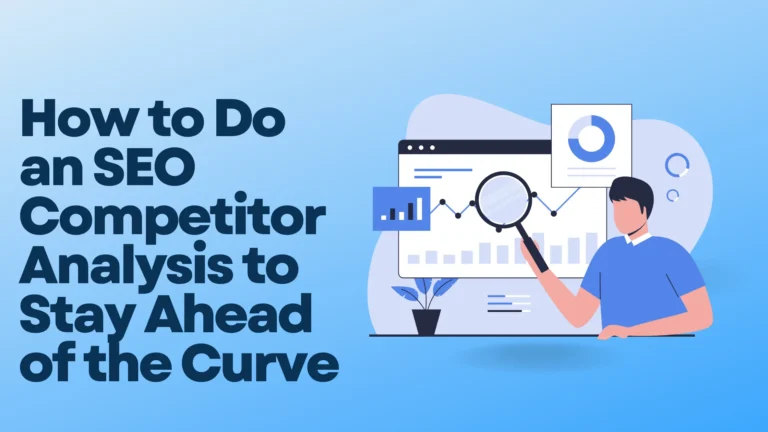In today’s competitive online landscape, creating content that ranks well in search engines and resonates with your audience is crucial. SEO-optimized content is the key to ensuring that your website not only gains visibility but also captures your readers’ attention. In this guide, you’ll learn how to create SEO-optimized content that truly shines, elevating your rankings and driving organic traffic to your site.

1. Understand Your Audience and Search Intent
Before you even begin to write, understanding your audience is the foundation of successful SEO content. Every piece of content you create should cater to a specific target audience, with their needs and search intent in mind.
- Know Your Audience: What are their demographics, preferences, and challenges?
- Identify Search Intent: Search intent refers to the reason behind a user’s search query. For example, someone searching for “best laptops for graphic design” has commercial investigation intent, meaning they are likely considering a purchase and want to compare options. Tailor your content accordingly by offering valuable insights, product comparisons, or comprehensive guides.
Understanding search intent helps you create content that meets your audience’s expectations, which increases your chances of ranking well and driving conversions.
2. Choose the Right Keywords and Optimize Them Wisely
Keyword research is the cornerstone of SEO. To create content that shines, you need to identify the right keywords and use them effectively throughout your content.
- Use Keyword Research Tools: Utilize tools like Ahrefs, SEMrush, or Google Keyword Planner to discover high-volume, low-competition keywords that are relevant to your content. This helps you identify opportunities to rank for terms your audience is actively searching for.
- Cluster Your Keywords: Group similar keywords into clusters. This helps you target multiple variations of a keyword with a single piece of content, increasing your visibility for related searches. For example, a page optimized for “home workout equipment” could also target “best fitness gear for home” and “home gym essentials.”
- Natural Placement: Include your primary keyword in the title, introduction, subheadings, and conclusion. Ensure that your keyword usage feels natural, avoiding the trap of keyword stuffing, which can harm your rankings.
3. Write Compelling Headlines and Meta Descriptions
Your headline is the first thing potential readers will see on search engine results pages (SERPs). It needs to capture attention while being SEO-friendly.
- Create Click-Worthy Headlines: Write headlines that are clear, concise, and contain your primary keyword. Use power words like “ultimate,” “guide,” or “proven” to entice readers. For example, “The Ultimate Guide to Creating SEO-Optimized Content That Shines.”
- Optimize Meta Descriptions: Your meta description should provide a brief, engaging summary of your content while incorporating your primary keyword. This helps improve your click-through rate (CTR) from SERPs, which can boost your rankings over time.
4. Use the Skyscraper Technique to Stand Out
The skyscraper technique is a powerful strategy that involves taking existing top-ranking content and making it even better.
- Research Competitors: Look at the top-ranking articles for your target keyword. Identify what makes them rank well, and then create a piece of content that’s more comprehensive, engaging, or up-to-date.
- Add Value: Include new information, unique insights, better visuals, or more detailed explanations. For instance, if you’re writing about “how to create SEO-optimized content,” include actionable steps, helpful examples, and updated data to enhance the value for your readers.
5. Structure Your Content for Readability
SEO-optimized content isn’t just about keywords; it’s also about the user experience. Search engines like Google prioritize content that is easy to read and navigate.
- Use Headings and Subheadings: Break your content into sections with clear H2 and H3 headings. This makes it easier for readers to skim and for search engines to understand the content hierarchy.
- Write in Short Paragraphs: Keep paragraphs concise, with no more than 3-4 sentences each. This prevents overwhelming your readers and keeps them engaged.
- Use Bullet Points and Numbered Lists: Lists are a great way to improve readability. They help organize information logically, making it easier for readers to digest.
6. Provide In-Depth, Quality Information
Creating quality content means going beyond the basics and providing in-depth insights that answer your readers’ questions comprehensively.
- Research Thoroughly: Back up your content with reliable data, statistics, and research. High-quality content often includes quotes, case studies, or real-life examples that add value.
- Address FAQs: Including a FAQ section can help answer common questions related to your topic. This not only enhances user experience but can also earn you a featured snippet position in SERPs.
7. Master On-Page SEO Elements
Optimizing on-page elements is crucial for helping search engines understand and rank your content effectively.
- Title Tags and Headings: Use your primary keyword in the title tag (H1) and sprinkle secondary keywords in H2 and H3 tags.
- Internal Linking: Link to other relevant pages on your website. This helps search engines crawl your site and encourages readers to explore more of your content.
- Alt Text for Images: Include descriptive alt text for all images, using relevant keywords. This helps improve your image search rankings and makes your content more accessible.
8. Enhance Content with Visuals
Visual content can significantly improve user engagement and the overall quality of your content.
- Use High-Quality Images and Infographics: Visuals like images, charts, and infographics can help explain complex ideas more effectively. They also make your content more visually appealing, which keeps readers on your page longer.
- Embed Videos: Videos are highly engaging and can help improve dwell time, which is a positive signal for SEO. If relevant, embed videos that add value to your content.
9. Focus on E-E-A-T (Experience, Expertise, Authoritativeness, Trustworthiness)
Google evaluates content based on E-E-A-T—Experience, Expertise, Authoritativeness, and Trustworthiness. By focusing on these elements, you can improve your content’s credibility and rank higher.
- Showcase Author Expertise: Include author bios that highlight the writer’s qualifications and expertise in the subject matter.
- Use Credible Sources: Link to authoritative sources to support your claims. This not only helps build trust with your readers but also signals to Google that your content is well-researched.
- Customer Testimonials and Reviews: If applicable, include testimonials or reviews to showcase your brand’s trustworthiness.
10. Optimize for Featured Snippets
Featured snippets are the short snippets of text that appear at the top of Google’s search results, providing direct answers to user queries.
- Answer Specific Questions: Identify questions that users are asking related to your topic, and answer them clearly and concisely within your content.
- Use Structured Data: Utilize schema markup to help search engines understand your content better, which can increase the chances of your content being featured.
11. Measure and Improve
Creating SEO-optimized content isn’t a one-and-done process. You need to continuously measure its performance and make improvements.
- Use Google Analytics and Search Console: Track metrics such as organic traffic, bounce rate, average session duration, and keyword rankings.
- Update Content Regularly: Refresh outdated information, add new sections, or update images to keep your content relevant and maintain its rankings.
Conclusion
Creating SEO-optimized content that shines requires a combination of audience understanding, keyword research, quality writing, and technical SEO. By following these strategies—from understanding search intent to optimizing on-page elements—you can create content that not only ranks well but also provides real value to your audience. Remember, SEO is a long-term game, and the effort you put into creating valuable content today will pay dividends in the future.



